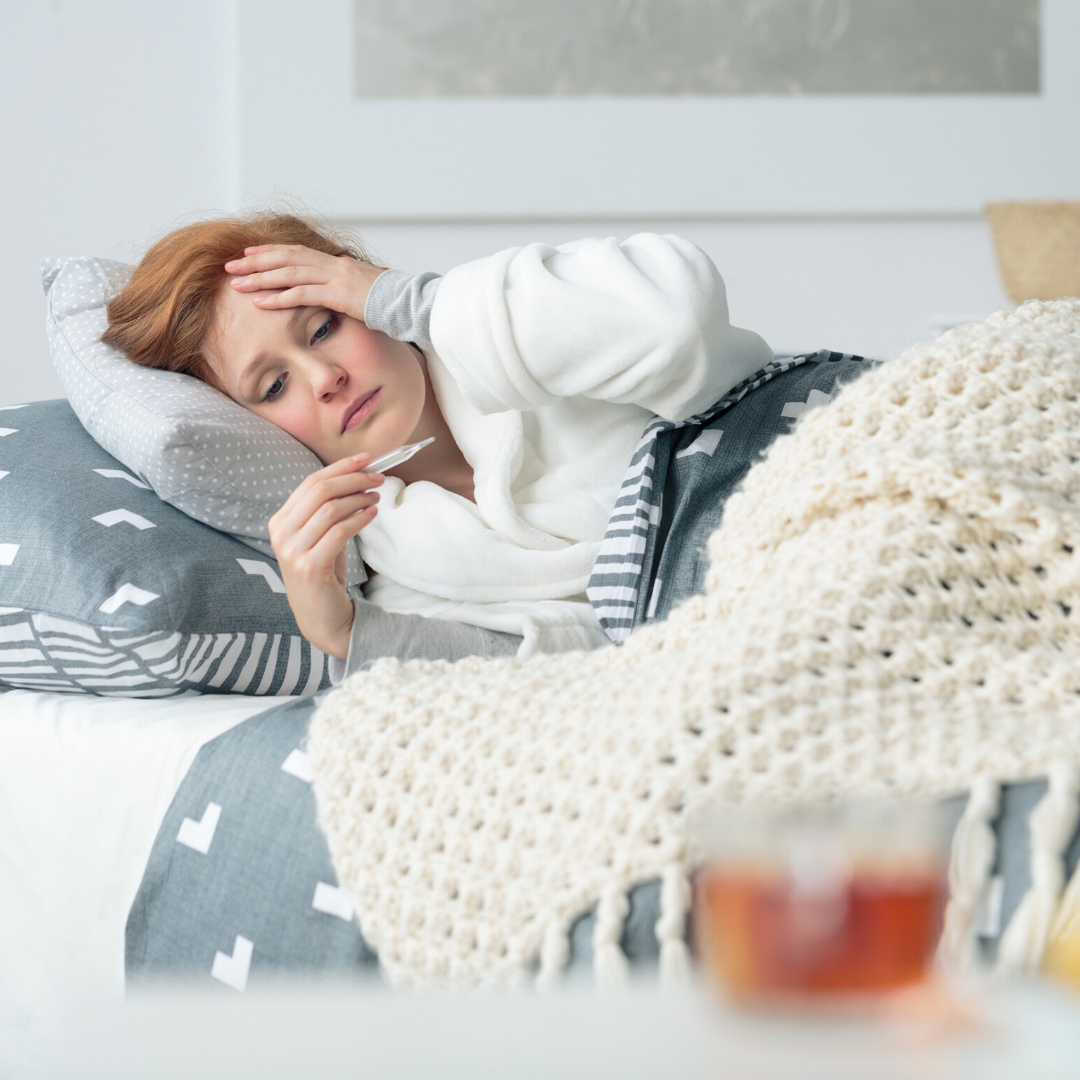With the threat of coronavirus looming, the case that many, many of us will need to self-isolate at home as a means to contain spread of disease seems to be becoming more and more likely. Today we’re going to give a brief overview as to what the general advice of the government is, symptoms you should be looking out for, and just how you should be taking care of your back if you need to isolate yourself in your home.
Coronavirus is by definition a family of viruses. Some of them even cause illnesses like the common cold, but others can be more serious as they mainly affect the lower respiratory tract: i.e. SARS, MERS and COVID-19. With these being lower respiratory viruses, COVID-19 specifically causes a high temperature, a cough and shortness of breath – with upper respiratory symptoms like a runny nose being absent. Anyone can become infected, but some will show absolutely no symptoms, which can make containment of the virus an issue. True numbers of how many are/have been infected are difficult to estimate since the numbers could be much greater. Risk of severe illness and death increases in elderly age, as well as people with underlying lung or health conditions, since the disease causes pneumonia. Illness is much less common and less severe in younger adults, and while children can have severe illness the current data suggests that overall illness seems to be rare in those under the age of 20.
What Is The Mortality Rate Of COVID-19?
To put the virus into context, COVID-19’s current mortality rate is roughly 1-3% depending on the age-category. Previous outbreaks of coronaviruses, such as SARS and MERS affected much fewer people but had greater mortality rates. COVID-19 has infected tens of thousands of people worldwide in a very short space of time. SARS in 2002 infected roughly around 8000 people after around 6 months, with a mortality rate of 10%, while MERS in 2012 took one year to infect 108, with a mortality rate of 35%. By contrast, the reported cases of seasonal influenza each year affect roughly 3-5 million people seriously enough for them to seek treatment, while there are likely many more cases for which treatment is not sought. Of these millions, 290,000-650,000 deaths occur each year.
How Can COVID-19 Be Treated?
At the moment, treatment is limited with no vaccine available. Self-isolation is currently the recommended way to contain spread of the disease. Anyone with a cough, high temperature or shortness of breath is urged to stay in their home and call 111 in order to not infect anyone. Just like the common cold, it can be possible to prevent infection spread through regular hand washing (current guidelines are to wash hands for at least 20 seconds with soap), covering the mouth and nose when coughing and sneezing, avoiding close contact with anyone showing symptoms of respiratory illness (coughing and sneezing), and thoroughly cooking meat and eggs. Reduce the spread of misinformation by only checking trusted sources for updates in advice – these trusted sources include the government’s website gov.uk, NHS.uk, or your local government and NHS websites in Wales and Scotland.
How To Look After Your Back Pain At Home
Now, if you are needing to self-isolate, it’s quite likely that you will spending more time than usual resting, sitting or lying down depending on your level of severity in infection. COVID-19 is not going to specifically give you symptoms of back pain, but spending more time sedentary is going to increase your likelihood of experiencing back or neck pain, so knowing how you can help yourself at home in those early stages of injury is important. Coughing and sneezing both also have the possibility to aggravate any disc injuries in your back due to the sudden, violent motions that they cause. So what can you do to help?
First, take advantage of our completely free membership area. This area details a four-part protocol that we recommend you do for two weeks to help lower inflammation and ease the pressure on your lower back. The whole protocol takes roughly 18 minutes, and can be done up to 3 times a day. The stretches in these first two weeks are not strenuous, so can easily be done if you’re suffering with a cough or shortness of breath. To sign up to this free resource, visit the link here.

Alternatively, if you feel you’re in a great deal of pain then you can book in for one of our virtual 30 minute consultations. These can be done either over the phone, but preferably via video call, and will be going through with you any case history, the symptoms you currently have, testing to establish the kind of problem you’re experiencing, as well as guidance on what exercises you can perform, how to do them and any adjustments you should be making to your day-to-day life to help you in this critical time. These virtual consultations are priced at £25 and can be booked either by calling us on 0203 947 3222, or click the button below, to take you to the next step.
If you have any questions at all regarding back or neck pain, our free membership area or about our virtual consultations, please feel free to get in touch with us through the contact methods listed above and we’d be happy to help! Don’t forget to share this with any one of your friends of family who might have a history or back or neck pain, or who are currently suffering, as well as anyone you know who may currently be quarantined or self-isolating to prevent the spread of COVID-19.
Contact Us.
Email Us
info@themayfairclinic.com
Call Us
0203 947 32 22
Clinic Address
4 Cavendish Square, London, W1g 0PG.